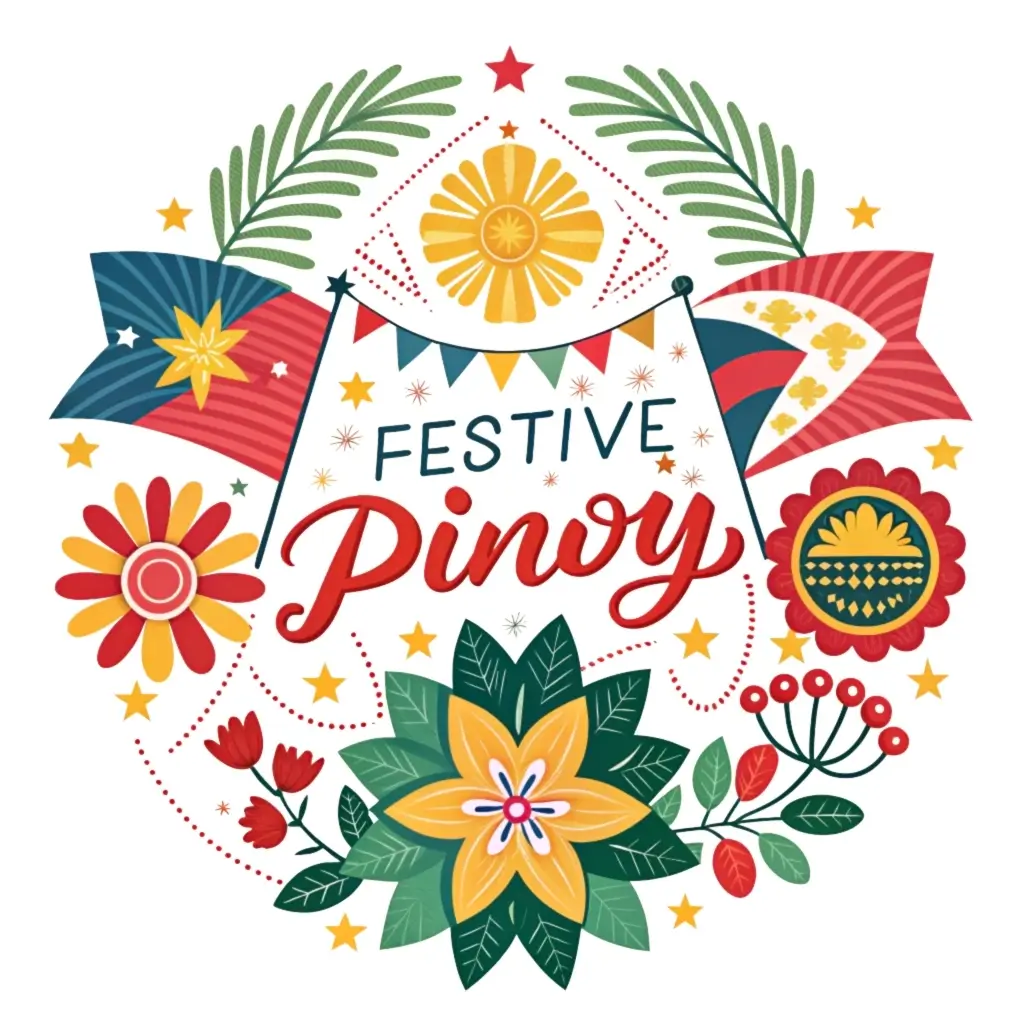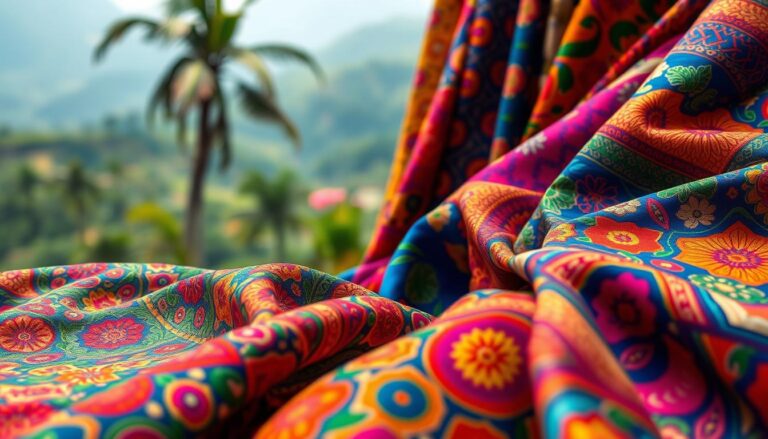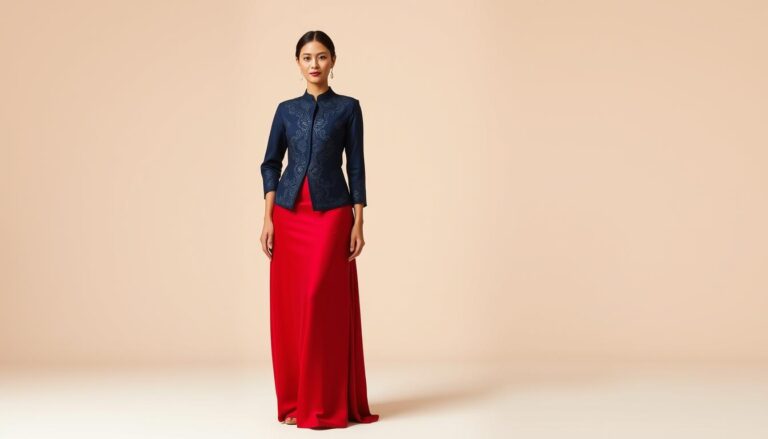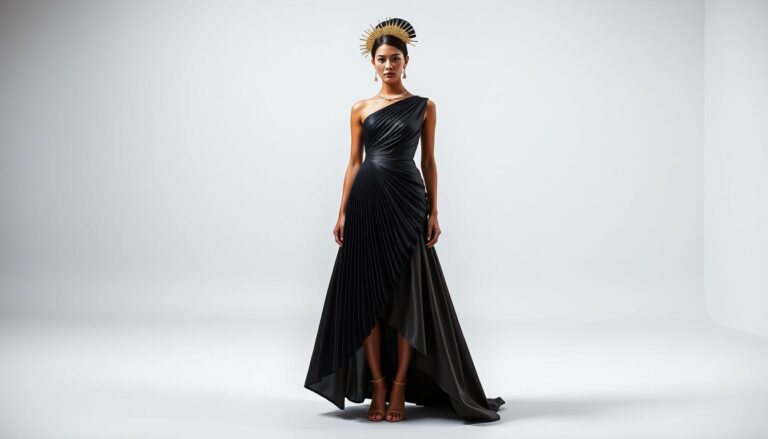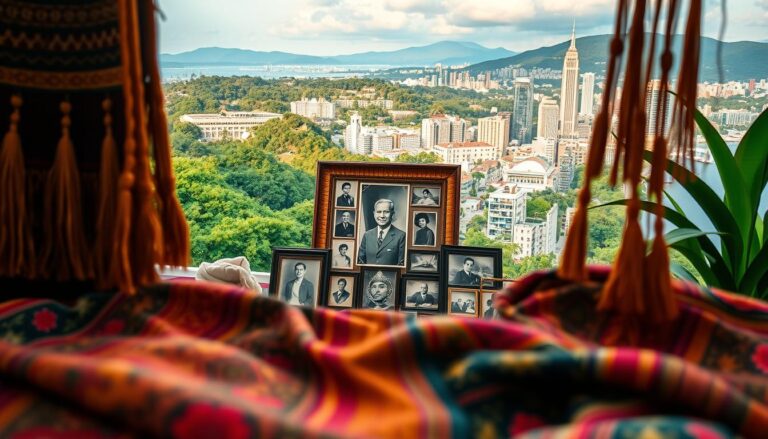Accessorizing Your Barong & Filipiniana: Essential Tips

Traditional garments carry stories of craftsmanship and identity. In the Philippines, attire like the Barong Tagalog and embroidered dresses showcase centuries-old artistry. Adding thoughtful accents transforms these pieces into modern statements while honoring their roots.
Historically, garments were made from delicate pina fibers or silk. Today, updated fabrics and colors blend heritage with fresh appeal. Statement jewelry, like pearl earrings or geometric cuffs, highlights intricate details without overwhelming them. Even subtle choices—colored socks or sleek clutches—add personality.
This guide explores how to pair legacy textiles with contemporary flair. Learn to balance heirloom brooches with minimalist footwear, or contrast floral patterns with bold makeup. Discover how a luxury watch elevates a crisp Barong, or why mixing jeans with formal tops creates striking versatility.
Key Takeaways
- Modern accessories enhance traditional garments without overshadowing cultural details
- Mix heirloom pieces like pearl jewelry with contemporary geometric designs
- Experiment with colored fabrics and unconventional pairings for fresh looks
- Use footwear and bags to bridge heritage styles with current trends
- Balance intricate embroidery with minimalist metallic accents
Accessorizing Your Barong & Filipiniana: Expert How-To Guide
Filipino traditional wear isn’t just fabric—it’s a legacy woven thread by thread. Modern styling requires honoring this heritage while adding personal flair. The right accents highlight craftsmanship without competing with delicate jusi weaves or floral patterns.
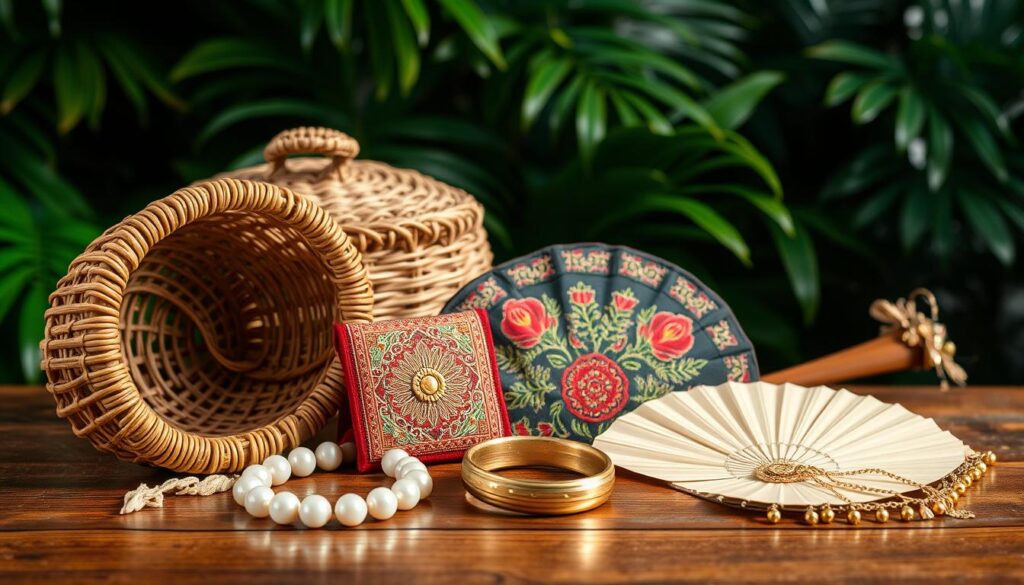
Understanding the Role of Accessories in Traditional Filipino Attire
Every accessory tells a story. For generations, barong tagalog designs have featured hand-stitched embroidery symbolizing regional pride. Local designers like Renan Pacson pair heirloom brooches with minimalist watches, proving tradition adapts to trends.
| Accessory Type | Traditional Choice | Modern Contrast |
|---|---|---|
| Jewelry | Pearl drop earrings | Geometric brass cuffs |
| Footwear | Handmade leather loafers | Metallic strappy sandals |
| Bags | Abaca clutch | Structured enamel minaudière |
Step-by-Step Styling Tips for a Polished Look
1. Start with the centerpiece: Let intricate barong necklines shine by avoiding chunky necklaces.
2. Balance proportions: Pair wide-sleeved tops with slim belts or tailored trousers.
3. Mix eras confidently: Try beaded embroidery with acrylic heels at events.
At weddings or galas, cufflinks elevate plain shirts. For daytime gatherings, woven hats add playful texture. Remember: subtlety lets craftsmanship speak loudest.
Choosing the Perfect Accessories to Elevate Your Filipino Look
The right accents can transform a cultural garment into a contemporary masterpiece. When styling heritage pieces, focus on elements that honor tradition while reflecting personal flair. Below are three key areas to perfect your ensemble.
Statement Jewelry for a Striking Impact
Bold jewelry amplifies intricate necklines on filipiniana dresses. Pearl earrings echo classic elegance, while geometric cuffs add modern edge. Designer Rajo Laurel advises: “Let one piece dominate—a choker shouldn’t compete with elaborate embroidery.”
Filipiniana-Inspired Bags and Elegant Footwear
Handcrafted bags and shoes bridge past and present. An abaca clutch nods to tradition, while structured enamel designs refresh the look. Footwear choices set the tone:
| Style | Traditional Pairing | Modern Twist |
|---|---|---|
| Evening | Gold-trimmed tsinelas | Metallic block heels |
| Casual | Embroidered slippers | White leather sneakers |
| Formal | Beaded kampeón | Strappy crystal sandals |
Incorporating Hair Accessories for a Finishing Touch
Peinetas (decorative combs) add old-world charm to updos. For daytime attire, try fresh flowers or minimalist pins. Celebrity stylist Liz Uy recommends: “Match metal tones to jewelry—gold hair vines complement amber stones beautifully.”
Balance remains crucial. A turquoise clutch might offset a neutral outfit, while tortoiseshell barrettes ground vibrant patterns. These choices weave culture into every detail without overwhelming the wearer.
Modern Styling & Cultural Significance in Filipino Fashion
Contemporary Filipino fashion thrives at the crossroads of heritage and innovation. Designers reimagine classic silhouettes through crisp lines and unexpected textures, creating ensembles that honor tradition while embracing global trends. This balance between old and new defines today’s most striking looks.
Blending Traditional Elements with Contemporary Trends
Local creatives like Narra Studio weave pineapple fibers into breezy terno dresses with asymmetric hems. These pieces retain hand-embroidered florals but pair them with minimalist metallic belts. The result? Outfits that feel rooted in history yet fresh enough for urban settings.
Silk cocoon barongs demonstrate this fusion perfectly. Their relaxed cuts suit modern workplaces, while delicate embroidery along collars nods to ancestral craftsmanship. Such designs prove cultural identity adapts without fading.
Enhancing Sophistication with Thoughtful Accessorizing
A well-chosen bag can elevate an entire ensemble. Structured clutches with abaca detailing add texture to monochrome outfits. For evening events, enamel minaudières in geometric shapes inject modern elegance.
Jewelry follows similar principles. Layered necklaces with ancestral beads gain edge when mixed with brushed-gold cuffs. As designer Rajo Laurel notes: “Accessories should whisper, not shout—let the garment’s story lead.”
Practical styling tips:
- Match metal tones across jewelry and footwear
- Use neutral bags to anchor vibrant patterns
- Pair heirloom brooches with sleek hair accessories
These strategies maintain cultural authenticity while allowing personal style to shine. Whether dressing for galas or casual gatherings, every choice becomes a celebration of Filipino artistry.
Conclusion
Cultural attire becomes a canvas when paired with intentional details. The journey from classic to contemporary lies in choices like statement shoes against embroidered hems or sleek sneakers balancing formal silhouettes. These touches honor heritage while making personal style statements.
Footwear often anchors the entire look. A bold pair of shoes elevates appearance without overshadowing delicate fabrics. Similarly, minimalist jewelry or textured bags add that final touch, proving small accents create big impact.
Modern adaptations thrive when tradition meets innovation. Designers showcase this through abaca clutches paired with crystal sandals or pearl earrings contrasted with geometric cuffs. Each combination celebrates cultural pride through fresh perspectives.
Found your signature mix? Share your creations using #ModernHeritageStyle on Facebook or tweet styling triumphs to inspire others. Authenticity shines when cultural roots meet individual flair—keep exploring, and let every ensemble tell its unique story.
